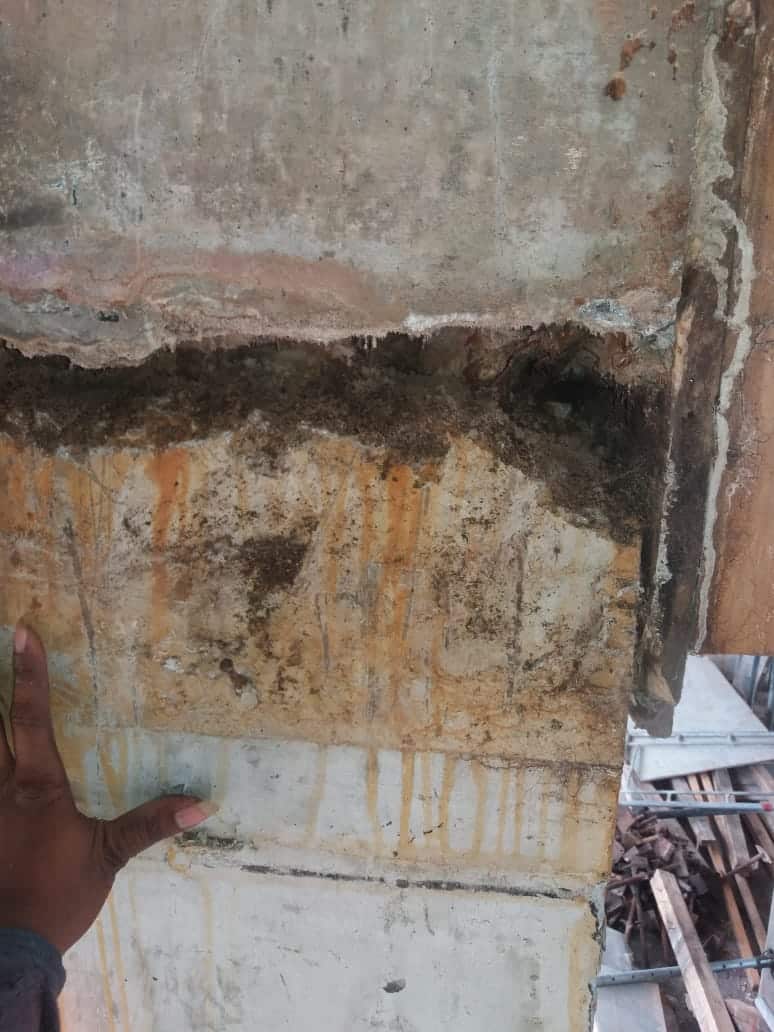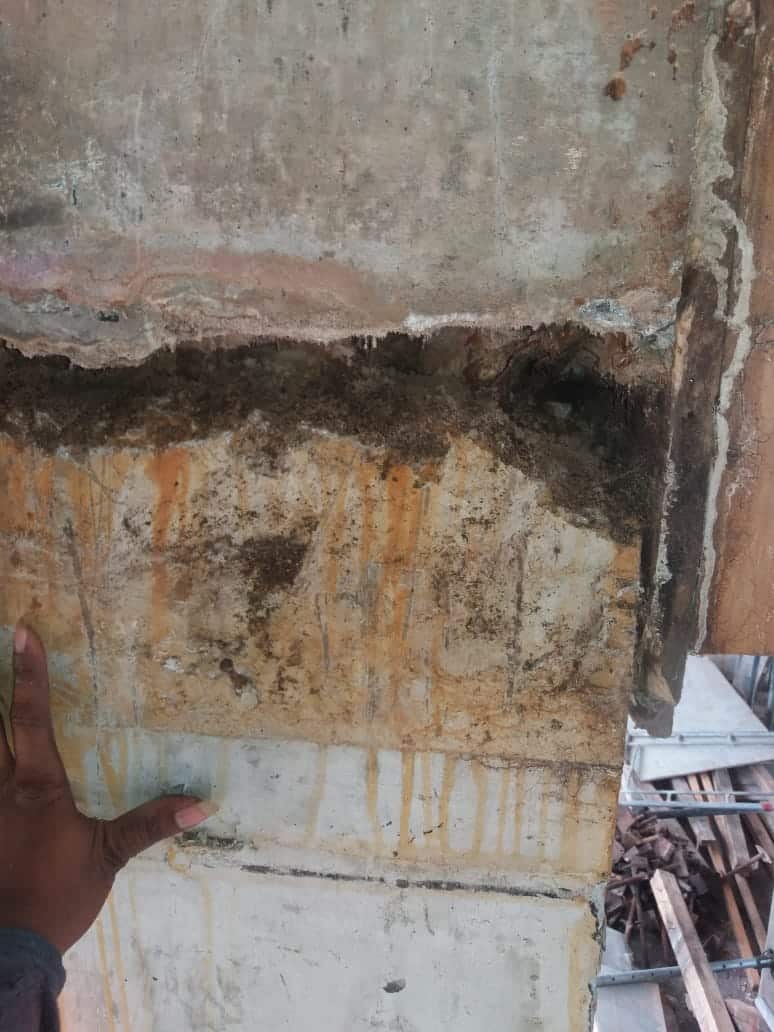Before the final inspection before concreting, an inspection of the slab must be carried out periodically. An inspection may be necessary from time to time as we may not be able to correct any errors we later find.
Depending on the type of panel construction, it may be necessary to plan special procedures for panel inspections.
Steps to follow when inspecting panels
Generally the following steps are followed:
- Formwork Test
- Check the plate leveling
- Checking plate reinforcement
- Check the implementation of the formwork
- Check the column configuration
- Check disk cleanliness
Let's discuss each of these steps.
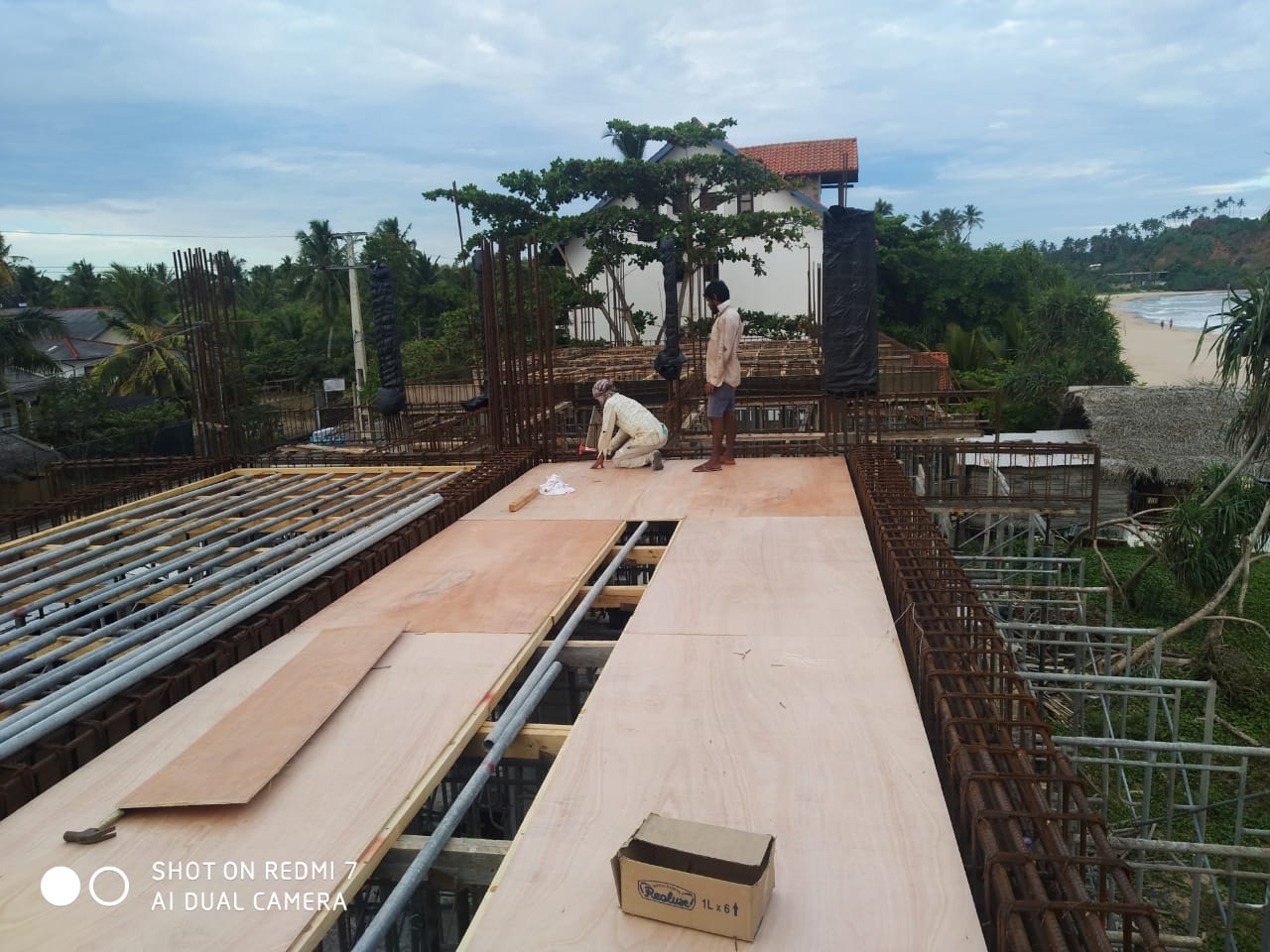
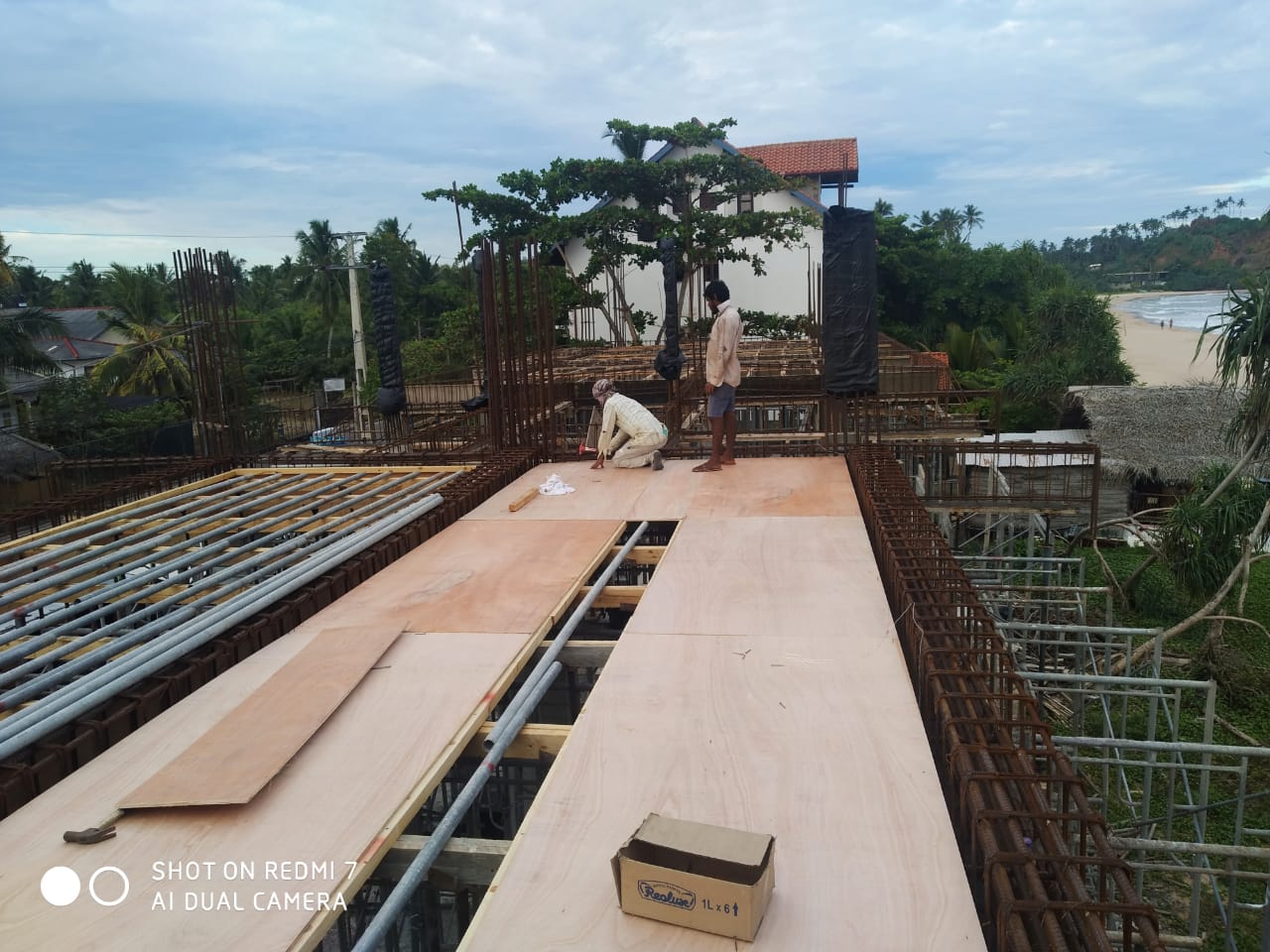
Formwork Test
The first step in building the ceiling is to check the ceiling formwork. We attach the formwork as the first step of construction. Fixing the formwork can be started after fixing the beam formwork at a certain level.
In the initial phase, the type of supports, type of panels used, fixing arrangement, support spacing, etc. are checked.
Typically, the contractor presents a design for the formwork. Once approved by the consultant, construction can continue accordingly.
After the formwork is fixed, it must be inspected thoroughly.
Fixing arrangements, width and depth of beams, differences in height of slabs, etc. must be checked and approved by the consultant before concreting.
Plate leveling control
One of the most important aspects of slab inspection is checking the level of the slab.
After the roof formwork has been leveled by the contractor, a ceiling leveling check must be carried out. Generally, the ceiling height is checked from below.
As we know the thickness of the formwork, the thickness of the concrete slab and the height from floor to floor, the height of the formwork can be calculated.
Checking plate reinforcement
Once the ceiling formwork has been completed and the reinforcement has been placed, an inspection of the ceiling reinforcement can be carried out.
In this phase, beam reinforcement, column reinforcement, spacing, diameters, etc. are checked. All slab reinforcement arrangements must be checked against the issued design drawings.
Check the implementation of the formwork
As part of the inspection of slab reinforcement, inspection of Slab Piling Beam layers , slab layers, etc. are checked.
In the first phase, the displacement lines are marked on the plate. They are used to control positions. Furthermore, the vertical alignment of the plate must also be checked.
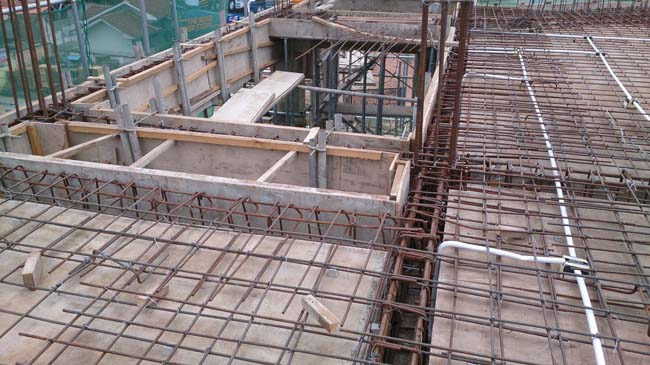
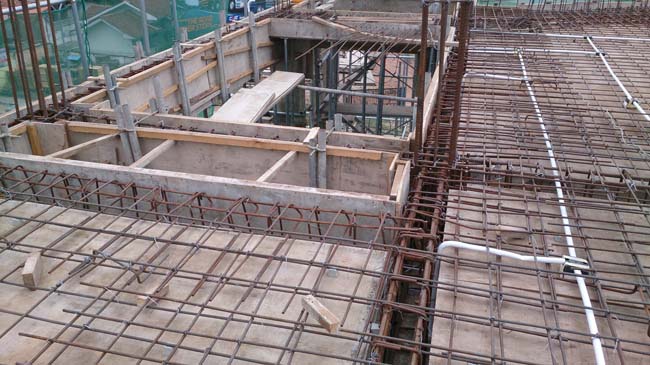
Check the column configuration
The pillar must be vertical unless it is a tilted pillar. To obtain a vertical column, the reinforcement must also be vertical. When the slab is constructed, the column reinforcement that extends beyond the slab must be vertical and aligned.
This must be checked before concreting the slab. Furthermore, the reinforcement arrangement must be adjusted according to the design drawings. If some rebar spacings are not specified, it will be difficult to overlap rebar at the next level.
Furthermore, the length of the reinforcement must be checked, otherwise the reinforcement cannot be overlapped.
Plate cleaning
Slab cleaning is a very important task in the slab inspection process. If we don't clean up properly, we will create major problems that will cost millions to fix.
Particular attention is paid to the connections between the beam and the column. Most foreign materials accumulate in the joint between the column and beam. When we apply concrete over these materials, the support will be separated from the ground.
Additionally, concrete can be mixed with these materials and create weak zones. If loads are applied and the strength is insufficient, the concrete may fail due to insufficient bearing capacity.
